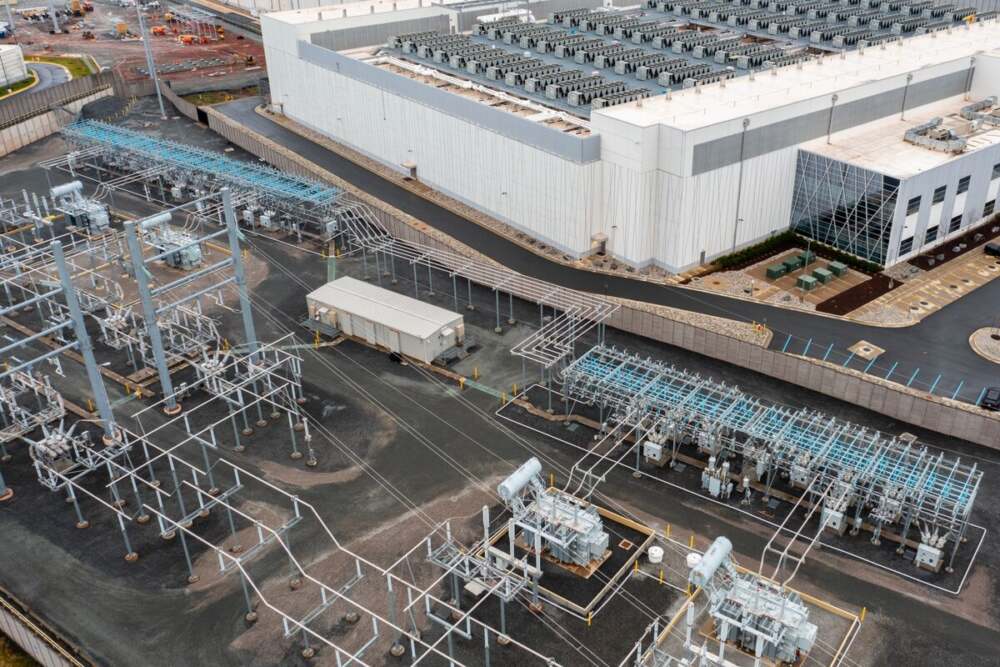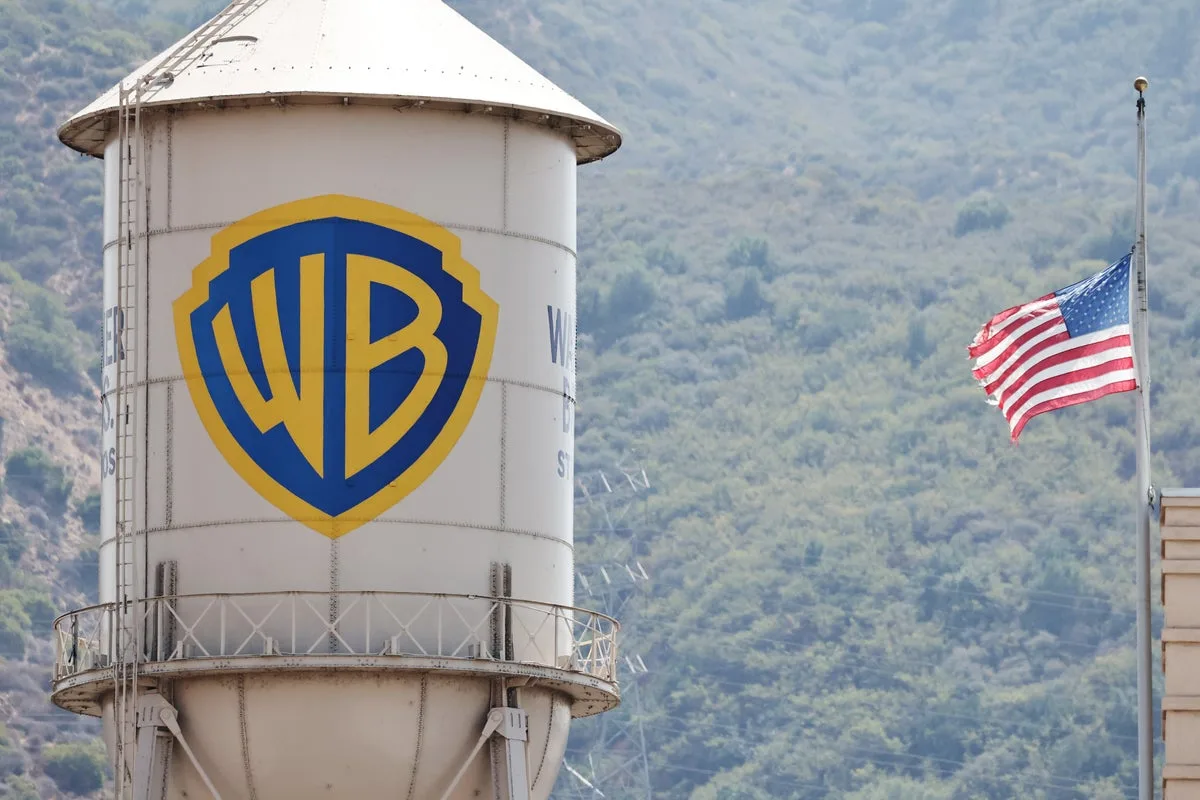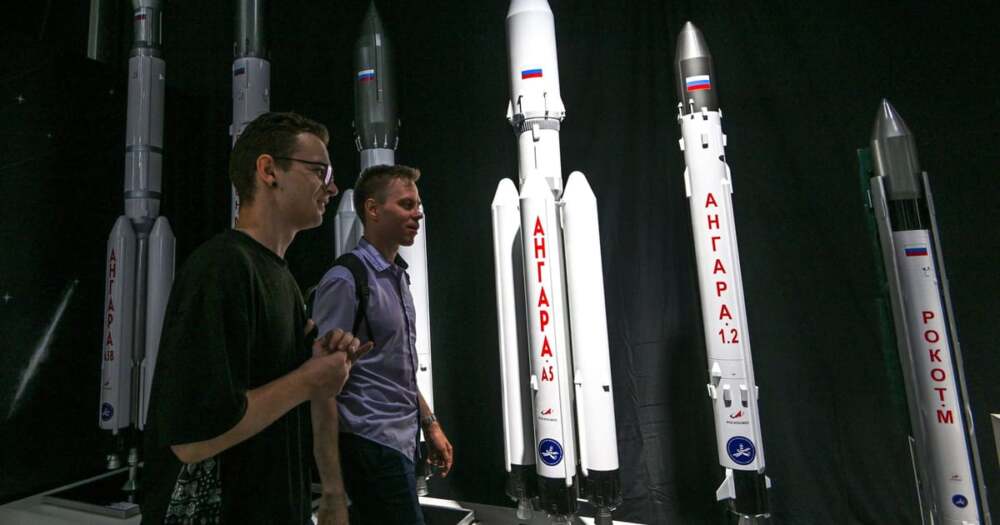The global job market is entering a strange new phase. It’s not a recession, yet it doesn’t feel like a boom either. Across industries, a quiet freeze has taken hold — companies aren’t laying off workers, but they’re not hiring much either. Economists are calling this unusual balance a “low-hire, low-fire” market, and it’s reshaping the way millions of people experience work.
A Market Stuck in Neutral
At first glance, the numbers look stable. Unemployment is low, jobless claims are steady, and major companies aren’t announcing mass layoffs. But beneath that calm exterior, the dynamism that once defined the modern labor market has slowed dramatically.
Many firms have decided to hold their current workforce steady instead of expanding or shrinking it. This strategy stems from several factors: economic uncertainty, slower growth forecasts, higher borrowing costs, and the ongoing integration of artificial intelligence and automation into workplaces. Employers are cautious about overhiring while they try to understand how technology will reshape productivity and staffing needs.
Meanwhile, they’re also reluctant to fire workers. After the labor shortages that followed the pandemic, companies know how difficult and costly it can be to rebuild teams. The memory of those shortages has made executives more hesitant to cut jobs, even when business slows.
Workers Feel the Stagnation
For employees, this “job freeze” comes with mixed feelings. On one hand, job security feels stronger. The fear of sudden layoffs has eased in many sectors. On the other hand, opportunities for advancement, higher pay, and new roles have become harder to find.
Promotions are slowing down. Raises are smaller. Career progression that once came from switching jobs now seems out of reach. Workers who want to grow or change industries are finding fewer openings to apply for — and those that exist attract far more applicants than before.
Many professionals describe a growing sense of being stuck: not in danger of losing their job, but unable to move forward. The market’s quiet stability has turned into a kind of professional gridlock.
The Struggle for Job Seekers
For people looking for work, especially new graduates or mid-career professionals trying to transition, the job market feels tougher than ever. Hiring freezes have quietly spread through tech, finance, media, and other white-collar industries. Even entry-level roles are attracting intense competition.
Some job seekers report sending out hundreds of applications without progress. Recruiters are slower to respond, and interviews drag on for months. The “hidden job market” — where companies fill roles internally or through referrals — has grown, leaving outsiders with fewer opportunities to break in.
For many, the challenge isn’t just finding a job; it’s finding one that matches their skills or offers a path for growth.
The Economic Consequences
A market that doesn’t hire or fire much might sound peaceful, but it carries long-term risks. Labor mobility — the ability of workers to move between jobs, sectors, or regions — is crucial for a healthy economy. When mobility falls, innovation slows, wages stagnate, and productivity suffers.
Companies that cling too tightly to the status quo can become less adaptive. Without the influx of new talent and fresh perspectives, internal creativity declines. At the same time, workers who feel stuck may become disengaged, leading to quiet quitting and reduced performance.
Economists warn that if the “low-hire, low-fire” phase persists, it could hinder economic growth even without the drama of widespread layoffs.
Why Companies Are Playing It Safe
The cautious stance among employers has several roots. Uncertainty remains high after years of inflation, supply-chain disruptions, and shifting global trade dynamics. Automation and AI are also creating hesitation: leaders know new technologies will change how they operate, but they’re unsure exactly how.
Additionally, with interest rates still elevated in many regions, expanding payrolls feels risky. Many firms prefer to focus on efficiency — getting more output from their existing teams — rather than take on the expense and commitment of new hires.
What This Means for the Future of Work
The job freeze may not last forever, but its effects could reshape work culture for years to come. Traditional career paths are becoming less predictable. Job hopping, once a common way to climb the ladder, is giving way to longer tenures and slower growth.
In response, both employers and workers are adapting:
- Companies are investing more in retaining existing staff, offering skill-building programs, and reassigning people internally rather than hiring externally.
- Workers are focusing on upskilling — learning digital, analytical, and technical skills to stay relevant. Flexibility and adaptability have become essential career assets.
How Job Seekers Can Navigate This Market
Experts suggest that in a low-hire, low-fire environment, job seekers should change their strategy:
- Broaden the range of roles you consider — transferable skills can open unexpected doors.
- Strengthen professional networks; referrals now matter more than ever.
- Emphasize skills growth and continuous learning, especially in technology-driven fields.
- Be patient and persistent — hiring timelines are longer, but preparation pays off.
A Calm That Conceals Pressure
The current moment in the labor market is defined by paradox. There’s stability, but also stagnation. Workers are safe, but stuck. Employers are steady, but hesitant. The “great job freeze” may not make as many headlines as mass layoffs or hiring booms, but its impact could prove just as lasting.
If the market remains frozen for too long, the real cost won’t be unemployment — it will be missed potential, lost innovation, and a generation of workers who feel trapped in place.
















Leave a Reply